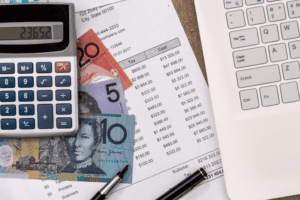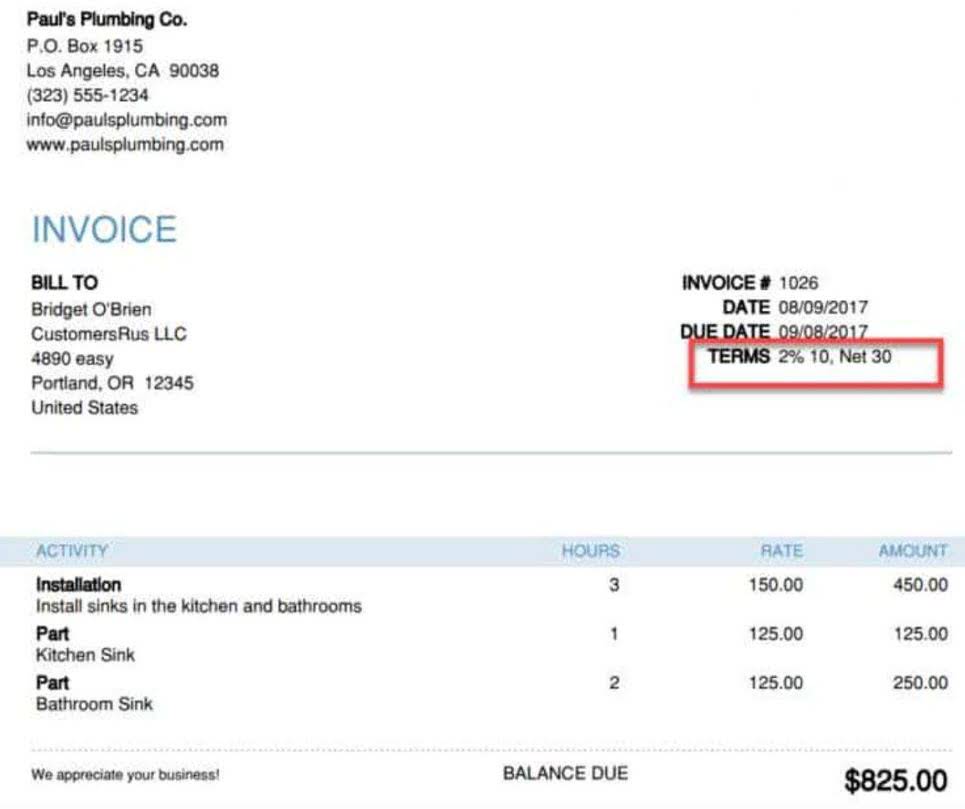
Basic shares include only currently issued and outstanding common stock, while diluted shares incorporate potential conversions from stock options, convertible bonds, and RSUs. Diluted shares provide insight into how ownership and EPS could shift if these instruments are exercised or converted. The profit and loss statements in nearly every corporate earnings press release will include both basic and diluted shares outstanding.

Are shares outstanding a good indicator of company value?
Each period during which the share count how to find number of shares outstanding remains constant is assigned a weight based on its proportion of the total year. The following are the three steps to calculate weighted average shares outstanding. By scrutinizing this section carefully one can also observe changes in ownership structure entity classification influencing these trends directly too. The Weighted Average Number of Shares refers to the number of common shares outstanding during a reporting period, adjusted proportionally for the length of time each tranche of shares was outstanding. Suppose we’re tasked with calculating the weighted average shares outstanding of a public company for the fiscal year ending 2021. If the beginning or ending share count were used, there would be a mismatch in the timing between the numerator (which typically spans the full fiscal year) and the denominator.

Stock Market Basics for Beginners
4) Financial news websites such as Yahoo Finance or Google Finance provide real-time data on a company’s outstanding shares. 5) Stock exchange websites where the company’s shares are listed also provide information on shares outstanding. As shares outstanding are an important metric that impacts various financial ratios and metrics, it is essential for investors to know where to find this information. This section provides the sum of the total authorized shares, the total number of shares outstanding, Travel Agency Accounting and the total floating shares. Outstanding shares refer to the total number of company stocks currently issued and held by its stockholders. The company’s outstanding shares remain in circulation, as the company has neither repurchased, retired, nor removed them from the market.
Link to Diluted EPS
- Financial professionals often use spreadsheet software to streamline this process and ensure accuracy when handling multiple periods and share counts.
- 5paisa will not be responsible for the investment decisions taken by the clients.
- A company issues outstanding shares when it decides to raise funds by selling ownership in the company to investors.
- Inaccurate calculations can lead to a distorted view of a company’s financial health, resulting in poor investment decisions and potential losses.
- To achieve a proper and fair view of the changes in the number of shares and for the calculation of EPS, the method of weighted average shares outstanding is used.
Start by visiting Yahoo Finance’s website and searching for your desired company name or ticker symbol in their search bar. As an aspiring investor, it is important to understand the significance of shares outstanding when analyzing a company’s stock. Shares outstanding refer to the number of shares that have been issued by a company and are currently owned by shareholders.
The Importance of Accurate Share Counting
- A stock split occurs when a company increases the number of its outstanding shares without changing its overall market cap or value.
- Shares outstanding alone are not a definitive indicator of company value; they must be evaluated alongside other factors like earnings and market price.
- These are the shares a company has issued to investors, both publicly and privately.
- Generally, you won’t need to calculate this number yourself and it will be listed for you on a company’s 10-Q or 10-K filing.
- Instead, the weighted average incorporates changes in the number of outstanding shares over a certain period of time.
- Financial statements are invaluable resources for finding a company’s shares outstanding.
- The remaining shares increase in value because the same earnings are now distributed among fewer shares when a company repurchases its shares from the market.
The https://www.bookstime.com/ float is the portion of outstanding shares that’s most relevant for smaller investors. Shares outstanding are the basis of several key financial metrics and can be useful for tracking a company’s operating performance. In the US, public companies are obligated to report their number of shares outstanding as part of the SEC’s filing requirements.
- However, the balance sheet does not always explicitly state the number of shares outstanding.
- To calculate the weighted average of outstanding shares, multiply the number of outstanding shares per period by the proportion of the total time covered by each period.
- They also include outstanding shares and shares held in the company’s treasury.
- The main difference between shares outstanding and treasury shares is that shares outstanding represent the total ownership of a company by investors, while treasury shares represent shares held by the company itself.
- The company determines the maximum number of shares it can issue, when creating a company.
- Public companies file financial reports with regulatory bodies such as the U.S.
- To avoid these mistakes, it’s essential to have a thorough understanding of the formula for calculating diluted shares outstanding and to carefully follow each step of the calculation process.
How Stock Buybacks and Issuances Impact Shares Outstanding

Outstanding shares are a significant aspect of calculating the market capitalization of a company. Market capitalization, or market cap, is calculated by multiplying the number of outstanding shares by the share’s current market price. Understanding how to calculate outstanding shares is crucial for investors, financial analysts, and anyone involved in the stock market. In this comprehensive guide, we’ll delve into the intricacies of this essential financial concept, providing you with a clear and detailed roadmap.
- Insiders hold restricted shares not available for public trading, and openly traded shares make up outstanding shares.
- Conversely, a reverse split reduces the number of shares outstanding by consolidating existing shares into fewer shares, typically raising the share price.
- Stock warrants, like stock options and SIP grants, fall under a similar category – they are not included in the calculation until exercised.
- Now, let’s imagine that you’ve obtained the company’s recent annual report, and you want to verify this number.
- This can occur when a company needs to generate funds via a public offering or private placement.
The float, for instance, has no bearing on market capitalization or earnings per share. But the supply of shares in the market can have a bearing on trading dynamics. After initial public offerings or SPAC (special purpose acquisition company) mergers, pre-existing owners usually have “lock-up” requirements that prohibit selling for a period of time (usually at least 90 days). Lockups aside, long-standing investors such as founders or venture capital backers may have their own restrictions on selling, or may have signaled that they have no intent to do so. Convertible debt is treated on an “as-converted” basis if the company’s stock is trading above the conversion price.
